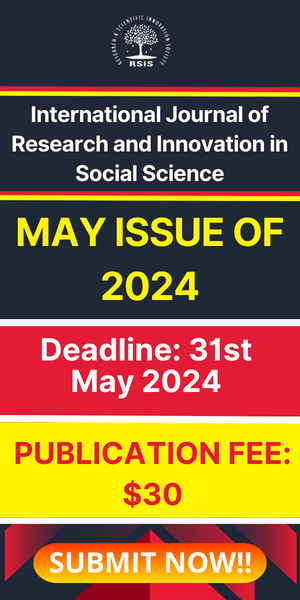Literature Review on Synthesis of ZnO Nano Particles Using Natural and Synthetic Methods
- October 28, 2018
- Posted by: RSIS
- Category: Mechanical Engineering
International Journal of Research and Scientific Innovation (IJRSI) | Volume V, Issue X, October 2018 | ISSN 2321–2705
Literature Review on Synthesis of ZnO Nano Particles Using Natural and Synthetic Methods
Anup A Teragundi*, Bhavana K B*, Dr T S Nanjundeswaraswamy**
*Research Scholars, ** Associate Professor
Department of Mechanical Engineering, JSS Academy of Technical Education, Bangalore – 60, India
Abstract: Nowadays many efforts have been made for achieving ZnO Nanoparticles through the various approaches to obtain desired shapes. The present paper discussed about these methods such as Microemulsions, molucualr beamepitaxcy, spray pyrolysis, common thermal evaporation, and chemical varour methods. The present paper portrays a brief review of the methods that have been used for synthesize and characterizes Zinc Oxide nanoparticals.
Key words: Zinc Oxide, nanoparticals, Nanoparticles Microemulsions
I. INTRODUCTION
Nanomaterials are particles having nano scale dimension, and nanoparticles are very small sized particles with enhanced catalytic reactivity, thermal conductivity, non-linear optical performance and chemical steadiness owing to its large surface area to volume ratio. NPs have started being considered as nano antibiotics because of their antimicrobial activities. Nanoparticles have been integrated into various industrial, health, food, feed, space, chemical, and cosmetics industry of consumers which calls for a green and environment-friendly approach to their synthesis.
II. NANOPARTICLE SYNTHESIS METHODS
Two approaches have been suggested for nanoparticle synthesis: Bottom up and top down approach. The top–down approach involves milling or attrition of large macroscopic particle. It involves synthesizing large-scale patterns initially and then reducing it to nanoscale level through plastic deformation. This technique cannot be employed for large scale production of nanoparticles because it is a costly and slow process. Inter ferometric Litho- graphic (IL) is the most common technique which employs the role of top–down approach for nanomaterial synthesis. This technique involves the synthesis of nanoparticles from already miniaturized atomic components through self-assembly. This includes formation through physical and chemical means. It is a comparatively cheap approach. It is based on kinetic and thermodynamic equilibrium approach. The kinetic approach involves MBE (Molecular Beam Epitaxy).


